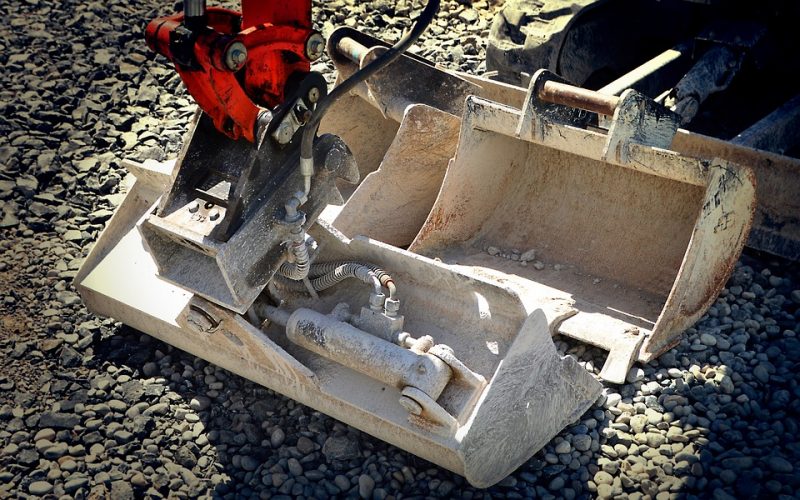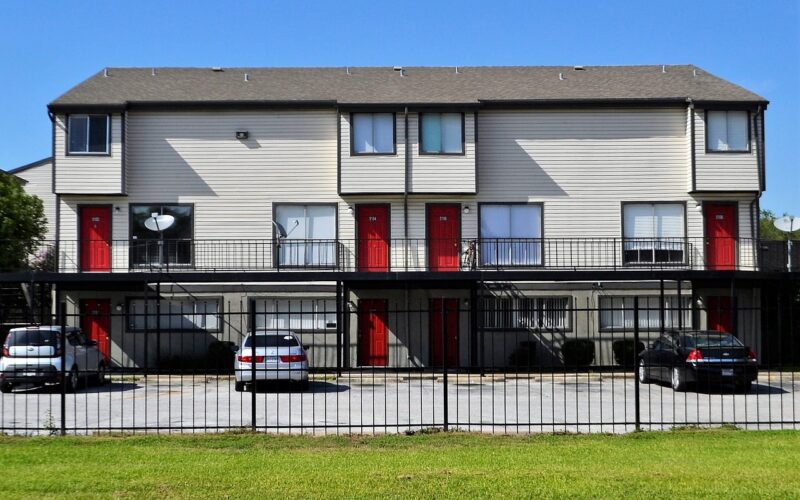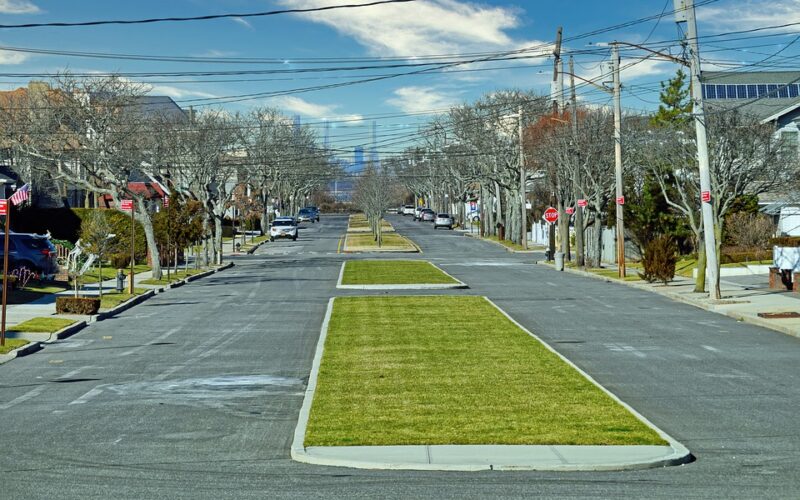The Plight Of Potholes
Potholes are a common yet significant problem on roads around the world. These seemingly small depressions can cause a multitude of issues, not only to the infrastructure but also to the people who rely on these roads daily.
Understanding the formation of potholes
Potholes typically form due to a combination of water and traffic. When water seeps into the cracks in the road surface, it can weaken the underlying soil or sub-base. During colder weather, this water can freeze and expand, causing the road material to break apart. Once the ice melts, it leaves behind voids and gaps, making the road surface even more susceptible to damage. Continuous traffic, especially from heavy vehicles, further exacerbates the problem by compacting the weakened areas, eventually leading to the formation of potholes.
The economic impact of potholes
The presence of potholes has a considerable economic impact. Repairing pothole damage costs local authorities millions of pounds annually. In the UK alone, it is estimated that councils spent over £1 billion on road maintenance in 2019. However, the financial burden does not solely fall on governments. Vehicle owners also bear the brunt, with pothole-related repairs costing British drivers an estimated £1.7 billion each year. Repairs can include damaged tyres, suspension systems, and wheel alignments, which can add up to significant expenses for individual motorists.
The safety concerns related to potholes
Potholes pose a serious safety risk for drivers, cyclists, and pedestrians. For drivers, hitting a pothole can cause a sudden jolt, potentially leading to loss of control of the vehicle. This can result in accidents, particularly at high speeds. Cyclists are at an even greater risk, as hitting a pothole can cause them to be thrown off their bike, leading to serious injuries or even fatalities. Pedestrians are not immune either, as potholes can cause trips and falls, especially for those who may already have mobility issues.
The environmental impact of potholes
The environmental impact of potholes is often overlooked but is equally concerning. The materials and machinery used for road repairs generate significant carbon emissions, contributing to air pollution and climate change. Additionally, frequent road repairs mean that resources such as asphalt, an oil-derived product, are continually consumed. The production and transportation of these materials further exacerbate environmental degradation. Therefore, preventing potholes from forming in the first place is not only economically beneficial but also environmentally responsible.
Solutions and preventive measures
Addressing the pothole problem requires a multi-faceted approach. One of the most effective strategies is investing in high-quality road materials and construction techniques. Using durable materials that can withstand varying weather conditions and heavy traffic can significantly reduce the frequency of pothole formation. Additionally, implementing regular road maintenance schedules can help identify and repair minor damages before they develop into larger potholes.
Innovative technologies, such as automated road inspection systems and predictive maintenance algorithms, can also play a crucial role. These technologies can identify potential weak spots in the road infrastructure, allowing for timely interventions. Furthermore, community reporting apps enable residents to report potholes directly to local authorities, ensuring quicker response times and more efficient repairs.
The role of public awareness and education
Public awareness and education are essential components in the fight against potholes. Encouraging motorists to drive cautiously, especially during adverse weather conditions, can help minimise the wear and tear on roads. Educating the public on the importance of timely reporting of potholes can also facilitate quicker repairs and reduce the overall impact on the community.
Potholes are more than just an inconvenience; they are a significant issue that affects the economy, safety, and environment. By understanding their causes and implementing effective preventive measures, we can mitigate their impact and create safer, more reliable roadways for everyone. It is a collective responsibility, involving governments, communities, and individuals, to address this persistent problem and ensure that our roads remain in optimal condition.











